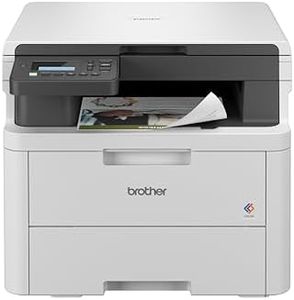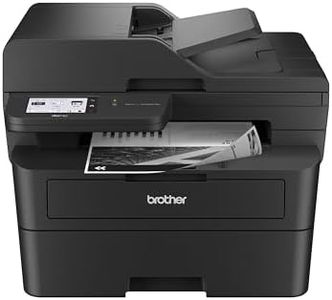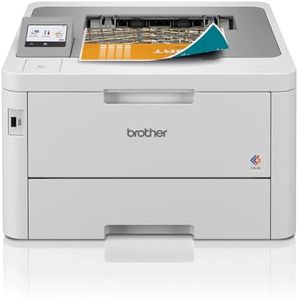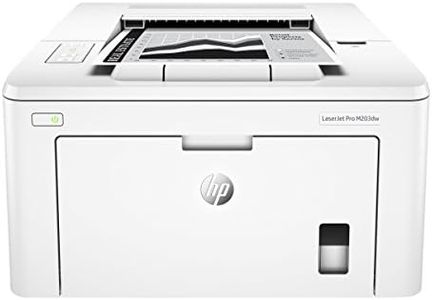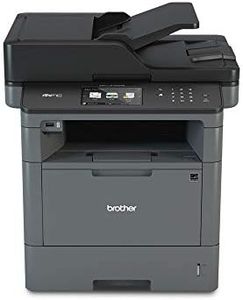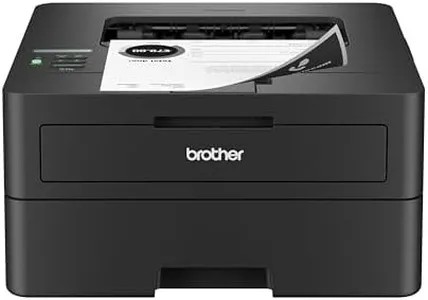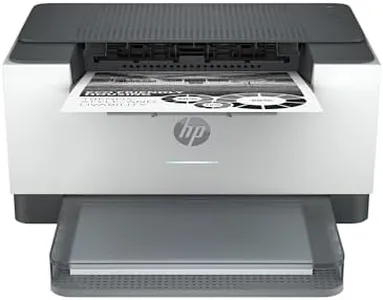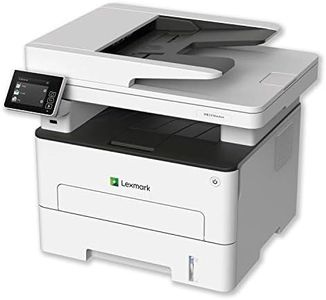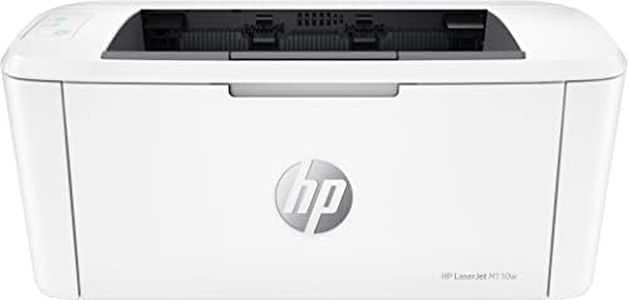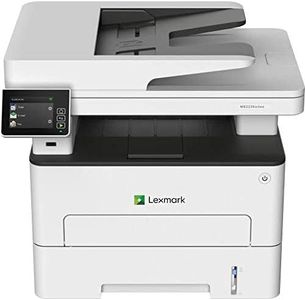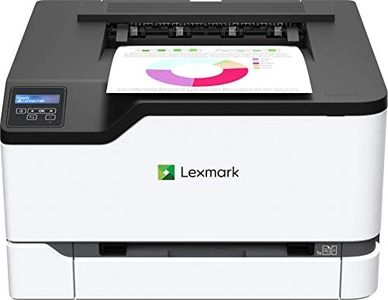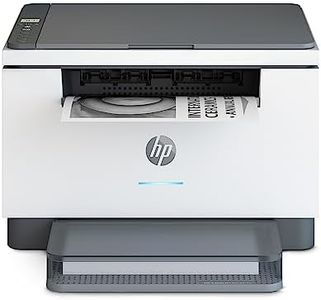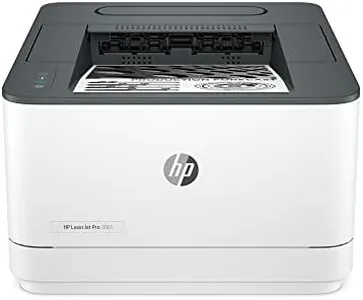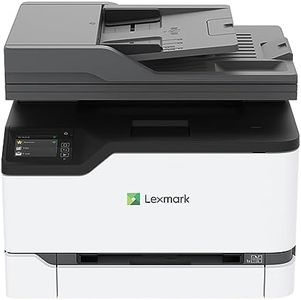We Use CookiesWe use cookies to enhance the security, performance,
functionality and for analytical and promotional activities. By continuing to browse this site you
are agreeing to our privacy policy
10 Best Laser Wireless Printers
From leading brands and best sellers available on the web.By clicking on a link to a third party's website, log data is shared with that third party.
Buying Guide for the Best Laser Wireless Printers
When choosing a laser wireless printer, think about how and where you’ll be using it. Laser printers are popular for home offices, small businesses, and those who need fast, high-quality text printing. Wireless capability lets you print from anywhere in your home or office without worrying about cables. To find the best fit, it’s important to compare several features and understand how they will affect your daily use. Identifying what you'll mostly print—like documents, reports, or graphics—will help you focus on the most useful aspects for you.Print Speed (Pages Per Minute, PPM)Print speed tells you how many pages a printer can print in one minute. This is important because it affects how quickly you can get through bulk printing jobs. Printers with lower speeds (around 15-20 PPM) are usually fine for home use or light printing, while higher speeds (25 PPM and above) are better suited for busy offices or heavy printing needs. Consider how often you print large files; if you rarely print, speed may not be critical, but for frequent use, faster is better.
Print Resolution (DPI)Print resolution is measured in dots per inch (DPI) and refers to how sharp and clear the printed text and images will be. For general text documents, a standard resolution like 600 x 600 DPI is usually enough. For more detailed graphics or professional documents, higher resolutions such as 1200 x 1200 DPI can make a difference. If you mostly print plain text, basic resolution will do, but for graphics or presentations, aim for a higher value.
Wireless Connectivity OptionsWireless connectivity determines how you can send print jobs to your printer without direct cables. Standard Wi-Fi allows connection from computers and mobile devices, while extra features like Wi-Fi Direct or Bluetooth can offer more flexibility. Also, look for support for printing directly from smartphones or cloud services. If you want to print from different devices or multiple people will use the printer, make sure it has easy and versatile wireless features.
Type: Mono vs. Color PrintingLaser printers come as monochrome (black and white only) or color. Monochrome models are often faster and more cost-effective for heavy text printing, while color printers can produce colored graphics and images. If you only print documents, a mono laser printer is usually enough. If you need to print colorful charts, presentations, or graphic-heavy documents, a color laser printer is the way to go.
Paper Handling CapacityThis refers to the number and types of sheets a printer can handle at once, including input and output tray size and support for different sizes or types of paper. Lower capacity trays (around 150 sheets) are fine for light home use, but businesses often need 250 sheets or more. Consider how much you'll print at a time and whether you'll need to reload paper often. Special needs like envelope or label printing also require multi-purpose trays.
Monthly Duty CycleThe monthly duty cycle is the maximum number of pages a printer is designed to handle in a month without issues. Home users rarely exceed low cycles (up to 1,000 pages), while offices printing frequently should look for higher cycles (several thousand pages). Matching the duty cycle to your expected usage avoids overworking the printer, ensuring reliability.
Ease of Setup and UseA good wireless printer should be easy to set up and operate. Features like clear touchscreen displays, simple menus, and straightforward wireless setup can make a big difference in your experience. If you aren’t confident with tech or want quick installation, look for user-friendly setup wizards and guides.
Duplex Printing (Automatic Double-Sided Printing)Duplex printing is the ability to automatically print on both sides of a sheet. This is important for saving paper and reducing manual work. If you’ll regularly print multiple page documents, having automatic duplexing can make things more efficient and professional-looking. If you rarely print more than one page at a time, this feature may not be critical.
